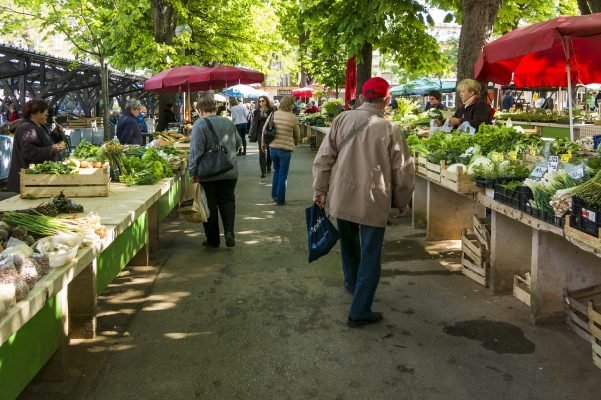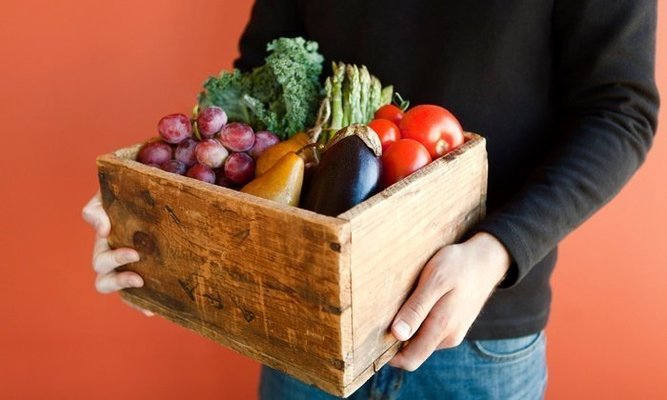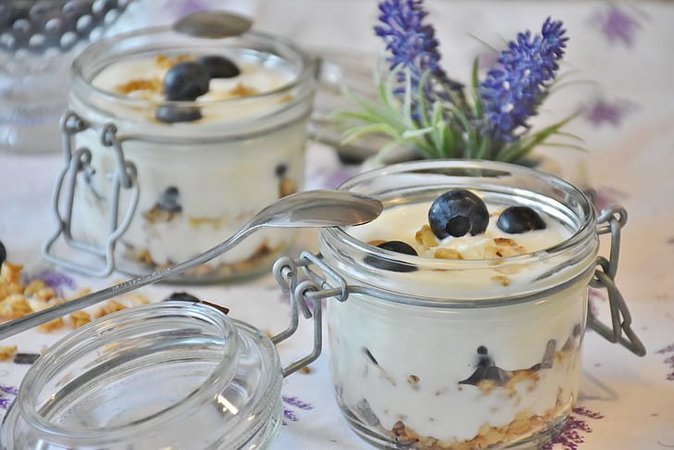Kitchen Hacks How To Make Zero Waste In The Kitchen
Table of Contents
Zero Waste in the Kitchen is it possible?
How does Zero Waste in the Kitchen work, and what can you do while cooking to save the environment? From purchasing to preparing to the remaining utilization, there is a lot to consider in terms of a sustainable lifestyle. Here are some tips for you.

Shop package free
Especially when it comes to conventional grocery shopping in the supermarket, things are anything but sustainable. Whether noodles, nuts or fruits, and vegetables: a large part of the products are primarily in plastic packages. It is a waste of resources and bad for our environment. Therefore, you should try to buy the package free if possible. In some major cities, there are recent shops with no packaging waste. Also, some health food stores now have packaging-free filling stations. Also, at the farmer’s market, you can buy fruits and vegetables anyway without the plastic around them. If that is not possible, because there is no such thing in your area, you can try to take large packs. Also, look, especially with fruits and vegetables, if there are no loose unpackaged alternatives.
Avoid Plastic Bags
Also, you can do without plastic bags, Choose paper bags or even better is to bring your bags with you, especially in the fruit and vegetable department. Many consumers like to use fabric bags to store their fresh goods in them. Most fruits and vegetables do not have to be packed, like apples, peppers, carrots, and co. It does not hurt if they just come loose in the shopping basket, and for mushrooms, cherries, and other unwieldy you can use cloth bags and nets.
 Watch > The great recycling LIE (what really happens to plastic)
Watch > The great recycling LIE (what really happens to plastic)
Buy regional and seasonal.
When buying fruit and vegetables, you should also pay attention to what you should buy, regional and seasonal. It does not have to be the strawberries or vegetables from elsewhere in the middle of Winter. They have long transport routes, are non-organic, and do not taste as good as the region’s fresh and seasonal fruits and vegetables. Primarily, shopping at the farmer’s market or on the farm from the grower himself is excellent. Another option is to order. What about regularly fresh fruits and vegetables delivered to your home? You may even become food savers and keep food and edibles away from the garbage can more often.

Do not go shopping if you are hungry.
Who does not know that if you go shopping with a grumbling stomach, you buy a lot more than you wanted out of sheer hunger, which ends up in the trash? Therefore instead, go shopping if you are satisfied and only buy what you need. And for a better overview, write a grocery list.

Source click here > “DIY vegetable bin.”
In the Kitchen, store fruits and vegetables properly.
To keep your fruits and vegetables as long as possible, you should also pay attention to the correct storage. You can not store everything in the refrigerator! Under no circumstances should tropical fruits be left in the cold. Even tomatoes, apples, or potatoes should be kept dry and outside the fridge. Also, some fruits, such as apples and bananas, release the plant hormone ethylene. It will initiate the ripening process of other surrounding fruits and vegetables and cause them to start rotting faster. Keep these fruits separate in your Zero Waste Kitchen.
Do not open everything at the same time.
Quite logical, but often the appetite is too big, and you open more food than necessary. You do not need three jams, and four spreads open simultaneously in the fridge. It is better to use one after the other. Then the risk that something is going bad will be much lower.
Eat instead of throwing away.
When cooking with fruits and vegetables, we often throw away a lot. But that does not have to be. Save the peeling of carrots, cucumbers, apples, and co. and wash them only good. We can eat many of the things we often throw away, like mushroom stalks or broccoli drunk, for example. You can add and cook them to your meal. Nothing wrong with this. Carrot green or the leafy green of celery tuber or kohlrabi is excellent in a salad or other dishes. And if something is left-over from vegetable remains, you can cook wonderfully delicious vegetable stock.
High-quality kitchen utensils
Last but not least, pay attention to high-quality kitchen utensils. While they are a bit more expensive to buy, they also last longer and do not need to be replaced. It not only protects your wallet in the long term, but it also saves resources and the environment.

Store and use leftovers correctly after the meals
Do you have leftovers from the food? Best you keep it in lockable glasses or metal cans. Avoid open bowls, which you close with aluminum or cling film. If you store it in the fridge, food remains for a few more days and will benefit you if you do not feel like cooking or are out and about a lot.

Remains that you no longer need: give away
You have cooked too much and will not use the leftovers in the coming days? Just ring a neighbor or ask friends. Someone will be happy about a delicious meal. The same is suitable for open half-used packages or glasses of food for which you no longer have any use. Instead of letting it rot, please share it with people who have use for it. On social media platforms, there are now many public groups for so-called food sharing. Alternatively, you can, for example, also get together with friends and acquaintances and set up a private group.
See also 5 STRAIGHTFORWARD HACKS TO REDUCE PLASTIC WASTE IN YOUR HOME.
And 13 Useful Tips on How You Can Reduce Plastic Right Now
13 Chemical Threats to Remove from Your Home
Read> Why It’s Time to Move Beyond Plastic.




